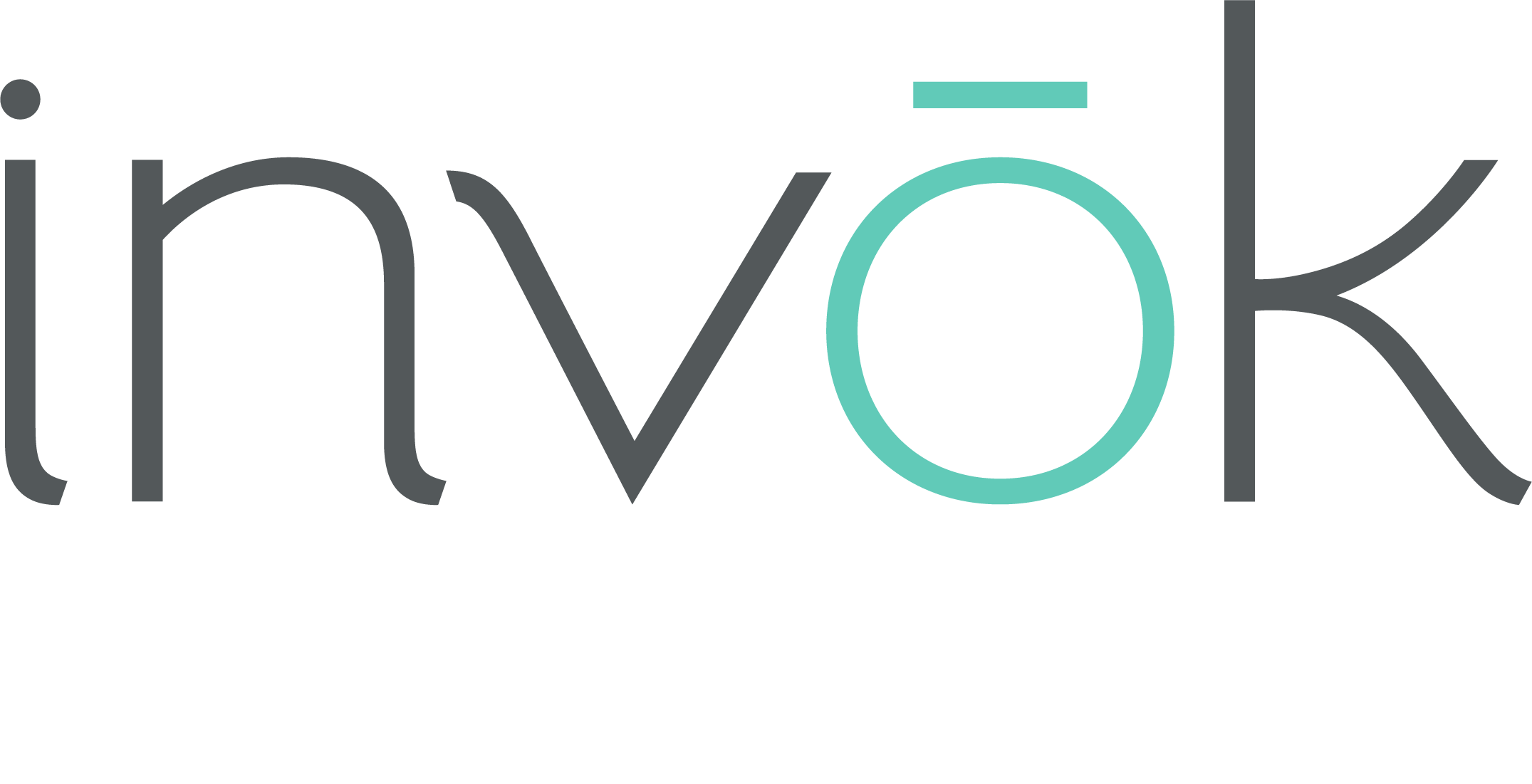The Brand Marketing Case for Front-of-Package Nutrition Labels in the USA
Back in 2022, as COVID restrictions began to ease and the world welcomed back a level of normality, McKinsey & Company conducted a survey among 8,000 consumers in North America and Europe to find out what was important to them and whether brands were doing enough to meet those needs. One of the key takeaways from the study was that consumers want to eat fresher, healthier food, but they are often unsure about how exactly to do that.
“We found that conscious eating is here to stay,” reads the report, titled Hungry and Confused: The Winding Road to Conscious Eating. “But consumers are confused about what food is healthy and sustainable. We found that consumers’ interest in health outweighs their interest in sustainability. And we found that consumers are frustrated because retailers and food producers aren’t keeping up with their quest for conscious eating.”
As we have been highlighting throughout our Front of Pack series, the Canadian government is hoping to alleviate some of this confusion by mandating that foods high in sodium, sugars, and saturated fats must display warning labels by January 1, 2026. Other countries in the world, such as France, Chile and Australia, already have similar laws in place.
So, at what point will the United States hop on board and implement similar legislation? Well, the FDA has already begun “conducting consumer research to explore the development of an FOP nutrition labelling scheme and meeting with a variety of stakeholders to hear their feedback and experiences with FOP labelling,” meaning that it is only a matter of time before front of pack nutrition labels are required stateside.
For brand marketers charged with accelerating growth and increasing brand affinity, there is no time like the present to start thinking about the positives that can come with FOP nutrition labels. Here are a few reasons why:
Consumer Demand: Today’s consumers are increasingly health-conscious, seeking healthier options and demanding clear, concise information about the products they purchase. Brands that provide this information upfront are more likely to build customer trust and loyalty.
Competitive Advantage: Implementing FOP nutrition labelling can also be a strategic move for food brands. By being an early adopter, brands have the opportunity to set themselves apart and differentiate their products in a crowded market by showcasing their commitment to transparency and health.
Regulatory Pressure: The global trend towards front-of-package labeling cannot be ignored. As international regulations evolve and neighbouring countries adopt stringent FOP labelling requirements, US food brands may be disadvantaged if they don't proactively address this issue. By voluntarily adopting FOP labelling, brands can be better prepared for future regulatory changes.
Health and Wellness: As highlighted earlier, we know that consumers want to eat healthier, and they are looking to brands to help them do so. Giving consumers an easier purchase journey where information is simply understood can go a long way. In fact, according to a report put out by the Canadian government, “a systematic review of 38 studies found that FOP labelling can help consumers make better food choices and that, in general, nutrient-specific FOP labels, rather than summary systems, more easily help consumers identify healthier products.”
With every challenge comes an opportunity, and while additional claims on packaging may not be what we consider a best practice, it is clear that for the brands who embrace their audience’s desire to live healthier lives and enable them to do so, the positives will far outweigh any negatives.
The experts at Invok Brands wrote this article to guide you through these regulations and see the possibilities to improve your branding and/or package design.
Read our short insights each month about front-of-package labelling in Canada.


